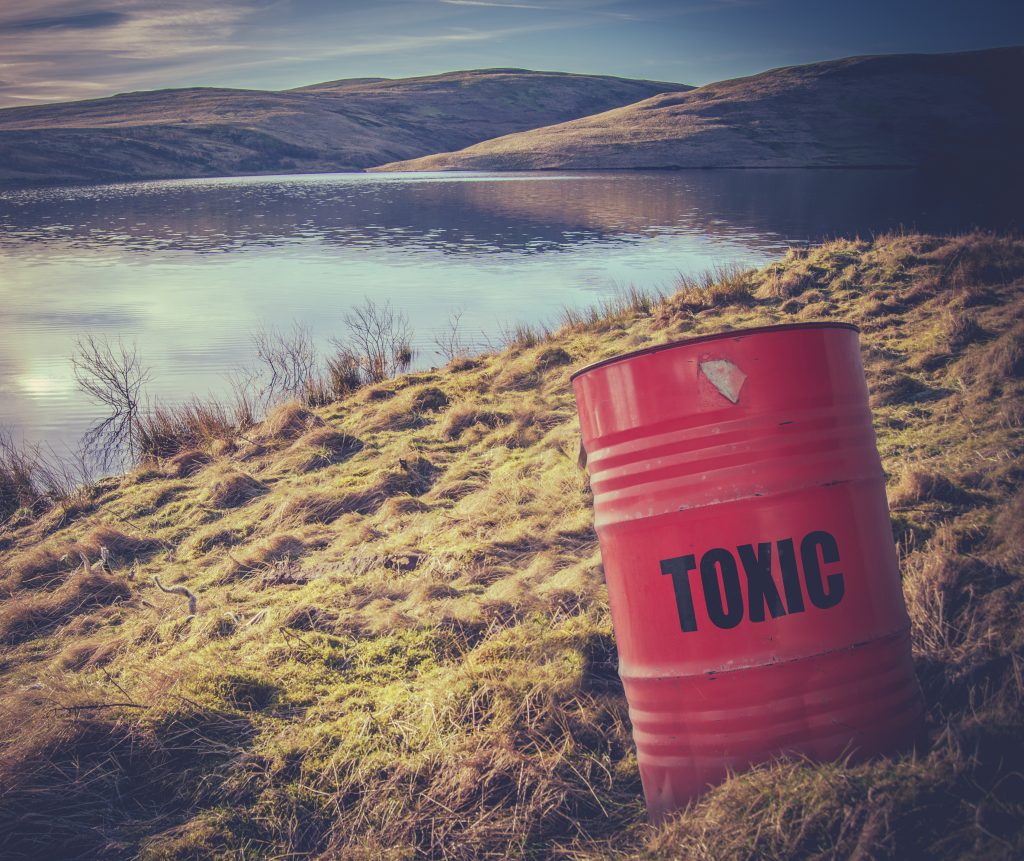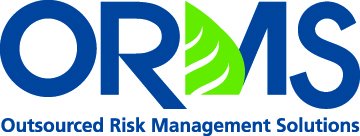PFAS Compliance is Heating Up. Are You Prepared?
What Does the Revised Phase I ESA Standard Mean for You?
January 3, 2022After Aggressive First Year, EPA Tackles Climate Change, Contaminants and Environmental Justice
May 2, 2022PFAS Compliance is Heating Up. Are You Prepared?

© Mrdoomits | Dreamstime.com
The clock may be ticking on so-called “forever chemicals.”
All indicators point to 2022 being a big year for increased federal, state and industry-wide attention to polyfluoroalkyl substances (PFAS), a class of 9,000-plus chemicals collectively known as “forever chemicals” due to their lack of biodegradability and tendency to accumulate in the bodies of humans, fish and wildlife.
In July 2021, the U.S. House of Representatives passed H.R. 2467, the PFAS Action Act of 2021. The bill would direct the Environmental Protection Agency (EPA) to designate PFAS as hazardous substances under the Comprehensive Environmental Response, Compensation, and Liability Act of 1980 (CERCLA).
Although the bill has not yet made any headway in the Senate and full passage in the current Congress is a long-shot bet, it does signal Washington’s interest in restricting the use of these dangerous substances. Under the Biden administration, the EPA has expanded its tracking of PFAS contamination and spills, and is proposing further actions to clamp down on their use in popular consumer products.
In parallel, ASTM International recently released a couple of new standards addressing PFAS directly or indirectly, and numerous individual states are pursuing their own legislation to clamp down on these forever chemicals.
EPA Vows Aggressive Action
Last October, EPA Administrator Michael S. Regan laid out a “PFAS Strategic Roadmap” that outlined the agency’s long-term plans to regulate the entire PFAS lifecycle.
Key actions include:
- Publishing a National Testing Strategy to more fully understand the impacts of various types of PFAS on human health and the environment (released in October 2021);
- Ensuring a “robust review process” under the Toxic Substances Control Act (TSCA);
- Reviewing existing PFAS under TSCA;
- Enhancing PFAS reporting under the Toxics Release Inventory (TRI); and
- Finalizing new PFAS reporting under TSCA Section 8.
Per the last point, above, the EPA announced on January 24, 2022 the addition of four PFAS to the TRI list, which requires participants in certain industry sectors that manufacture, process or otherwise use such chemicals to report their use above certain thresholds.
“We will use every tool in our toolbox to protect our communities from PFAS pollution,” said Assistant Administrator for the Office of Chemical Safety and Pollution Prevention Michal Freedhoff.
ASTM Standards Address PFAS
Meanwhile, ASTM International has been developing its own PFAS standards to “help address global concerns about the concentration of … PFAS in water supplies.” ASTM Standard D8421 requires testing of nine complex wastewater matrices, a process the organization says results in “very good precision and recovery” of samples to identify PFAS contaminants.
In addition, the latest ASTM Phase I ESA Standard, released late in 2021, recognizes the emerging danger and potential litigation associated with contaminants such as PFAS. Although PFAS are not yet recognized as hazardous substances under CERCLA, ASTM E1527-21 adds PFAS and other emerging contaminants to its list of “non-scope issues” to be considered in the environmental review.
States Take Center Stage
While the EPA begins to take more aggressive action on PFAS at the national level, states are not sitting back. An analysis by the Safer States network has identified 210 proposed bills across 32 states up for vote this year. Many of these laws, if passed would ban or restrict the use of PFAS in a variety of consumer products, including personal care products, clothing, children’s products and food packaging. Others are focused on tightening current policies on the cleanup, management and accountability for PFAS, and restricting the levels of PFAS allowed to be present in drinking and groundwater, as well as soil.
What Lenders Should Do Now
In our previous PFAS blog, we outlined several actions CRE lenders should take to properly address PFAS risk. Lenders may wish to obtain specialized insurance coverage, and potentially seek to add an environmental indemnification clause to loan closing documents. It is also important to stay up to date on the latest regulations at the federal level and in the states you do business.
Because of the daylight created between ASTM E1527-21, and the EPA’s current designations of hazardous substances in CERCLA, the decision whether to include PFAS as a specific non-scope component of the Phase I ESA is often made by the individual environmental consultant. It is important for lenders to carefully review the scope of work, and if there is a concern with potential PFAS contamination, to ensure it is included.
The rapidly changing landscape of PFAS regulatory compliance reinforces the importance of maintaining a comprehensive environmental risk management program at your institution. For resource-strapped financial institutions, it is often a challenge to stay on top of the latest guidance from the EPA, ASTM, state agencies, the SBA, and bank and credit union regulators, among others.
Partnering with a trusted, experienced third-party risk management firm can help ease this burden. ORMS is dedicated to helping lenders effectively and efficiently manage their environmental risks, allowing them to do what they do best: focus on their customers, core business and the pursuit and development of new business opportunities. When you’re ready to learn more, reach out to your Risk Management Experts at info@orms.com.
Please note the information contained in this article should not be construed as legal advice. Lenders should consult with their risk management professional to determine the level of environmental due diligence required for each individual project.
